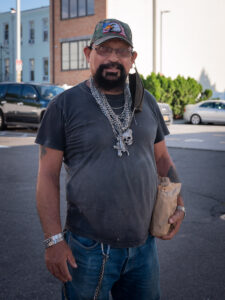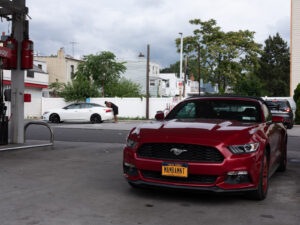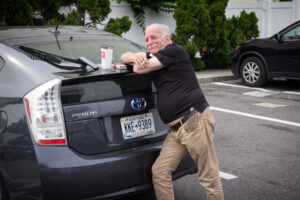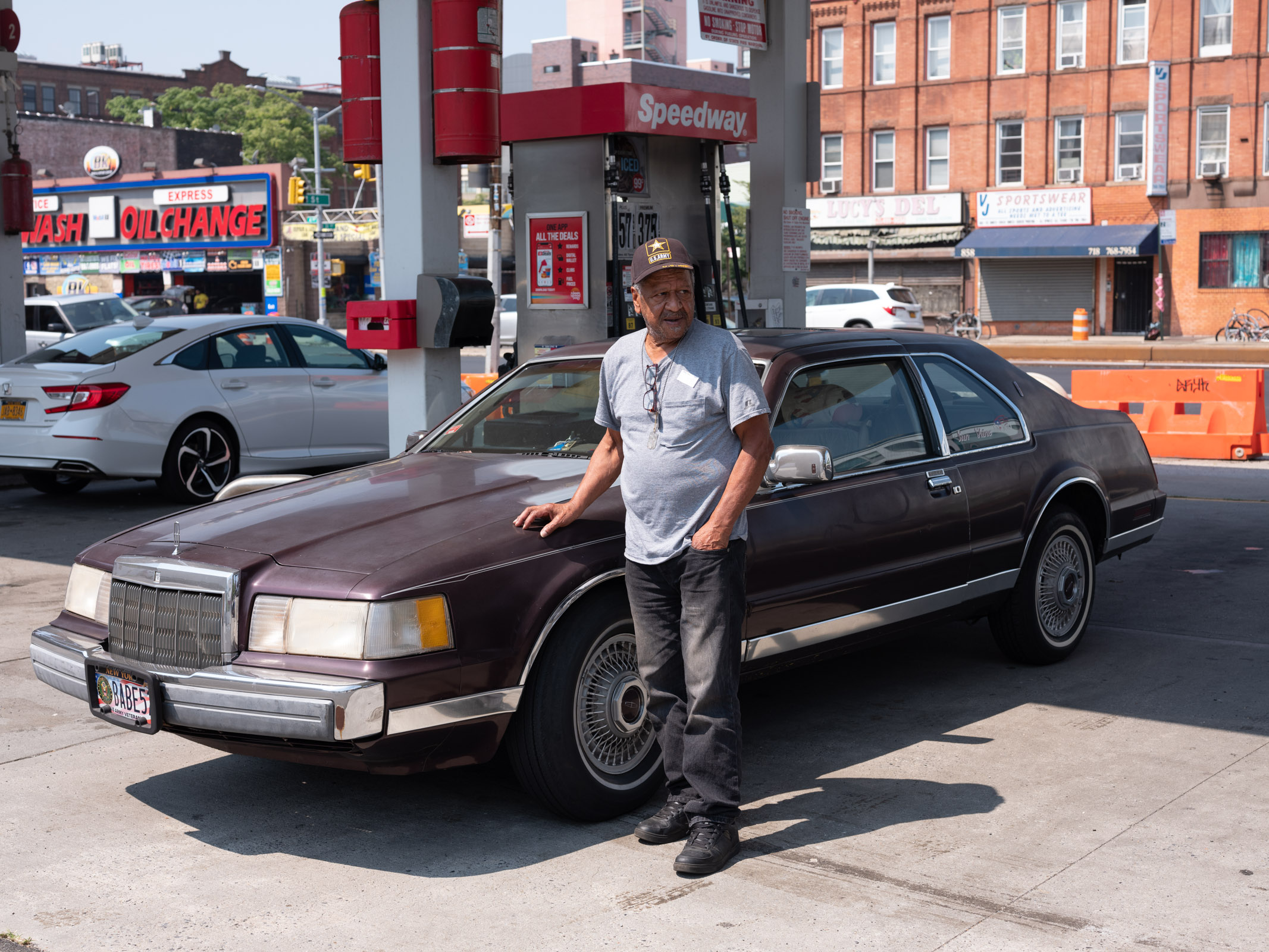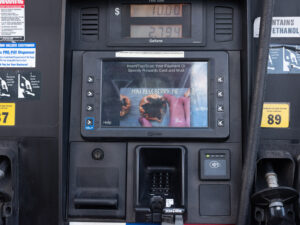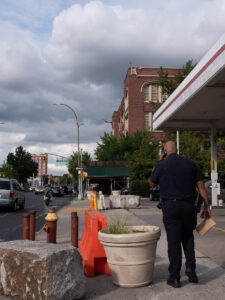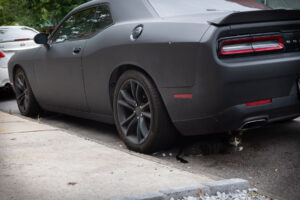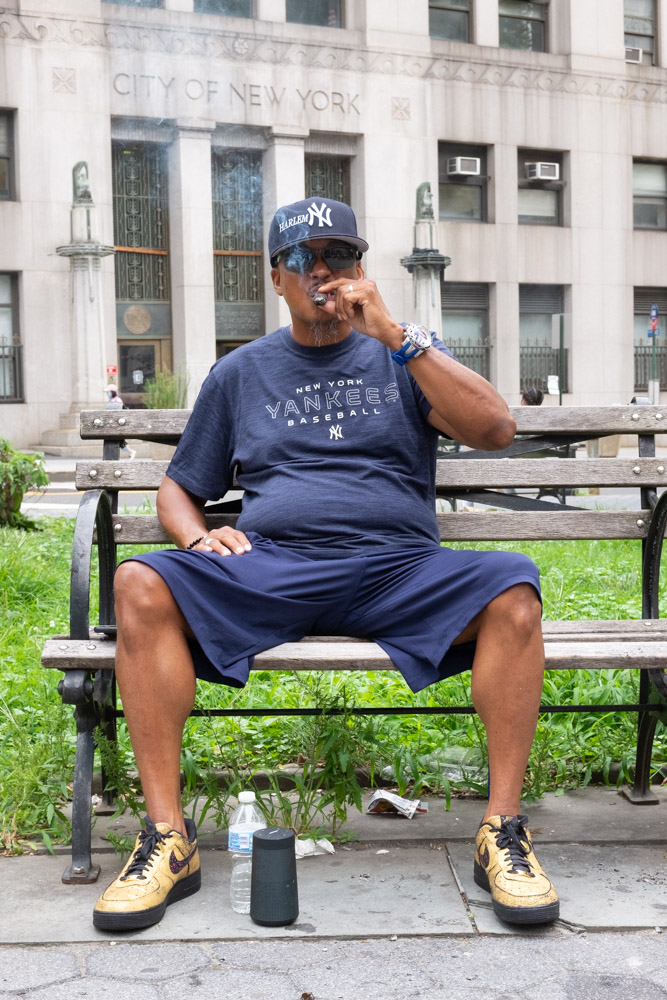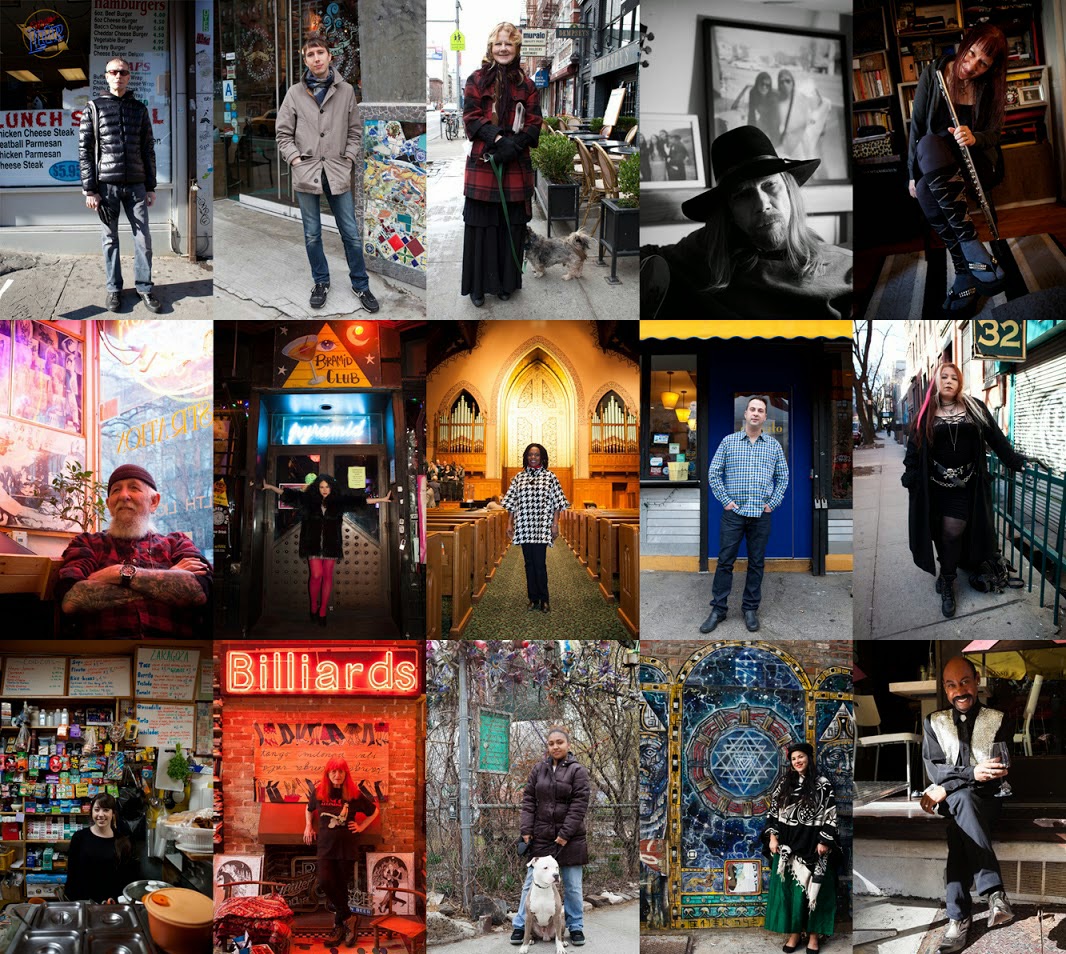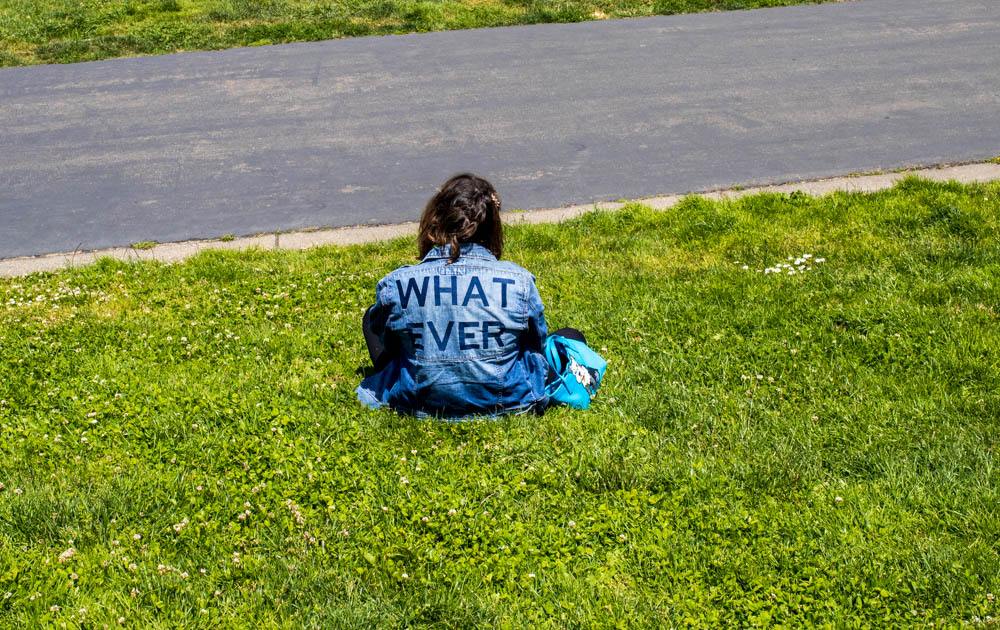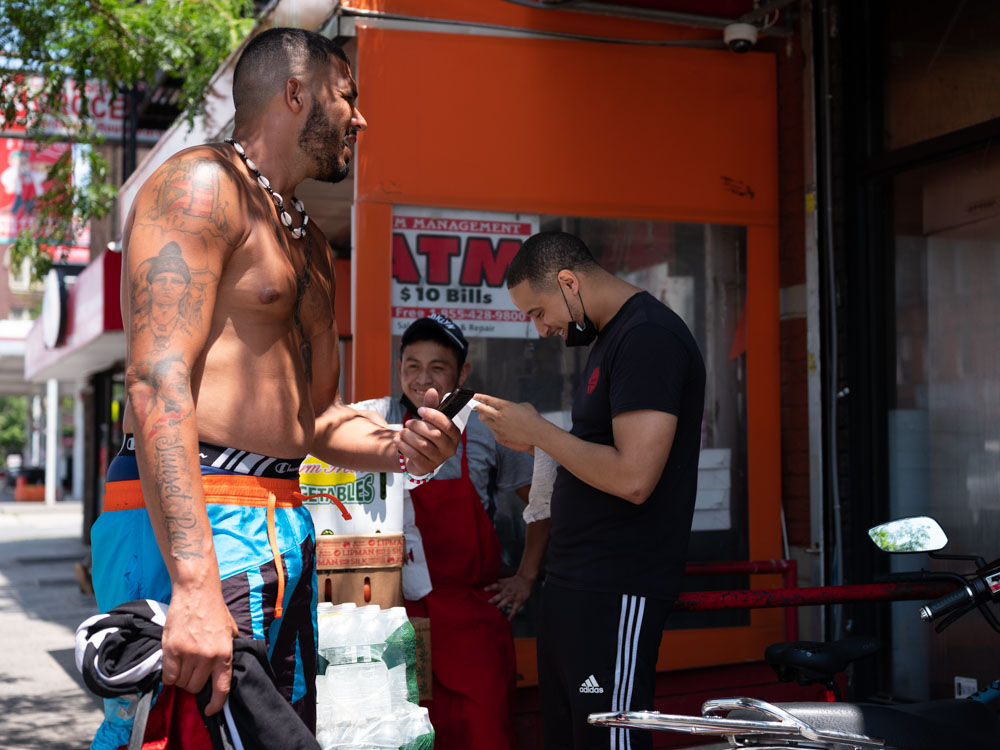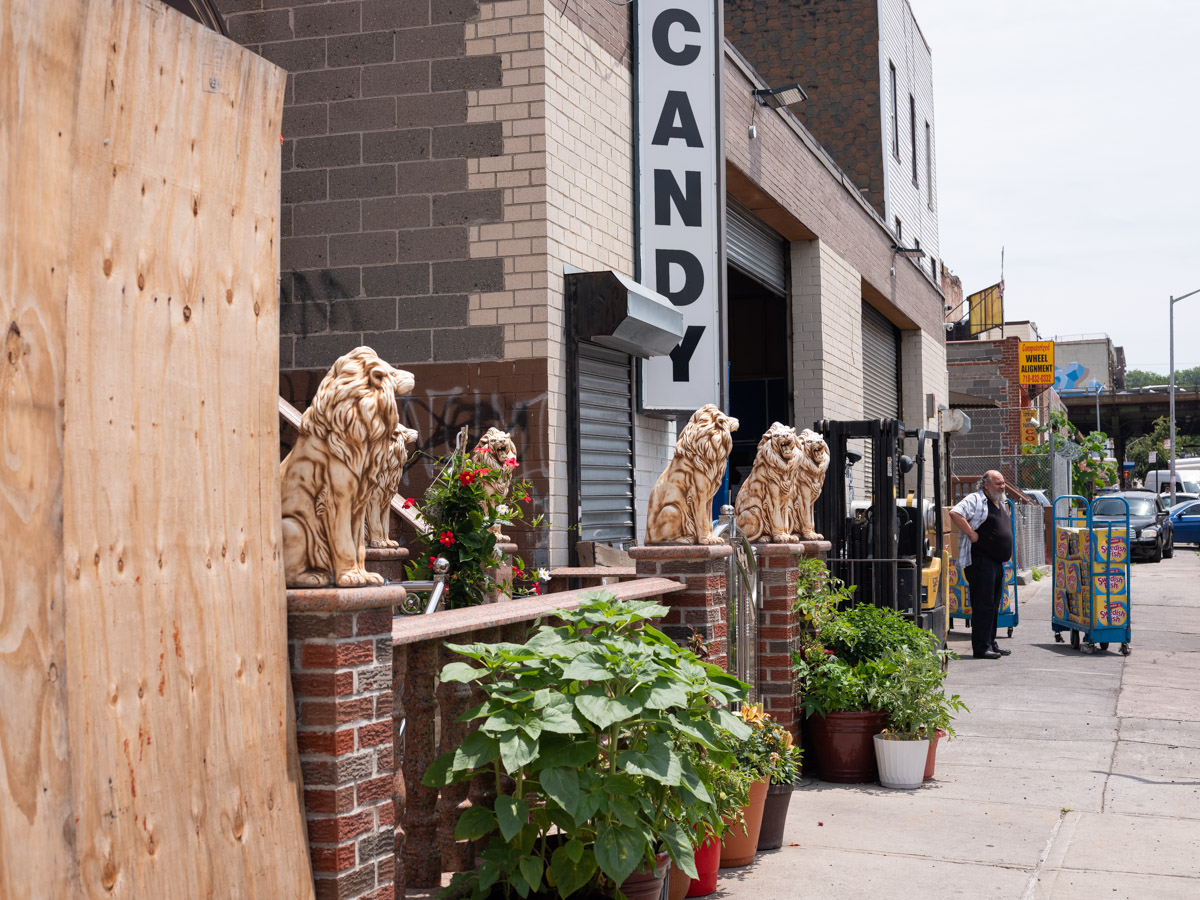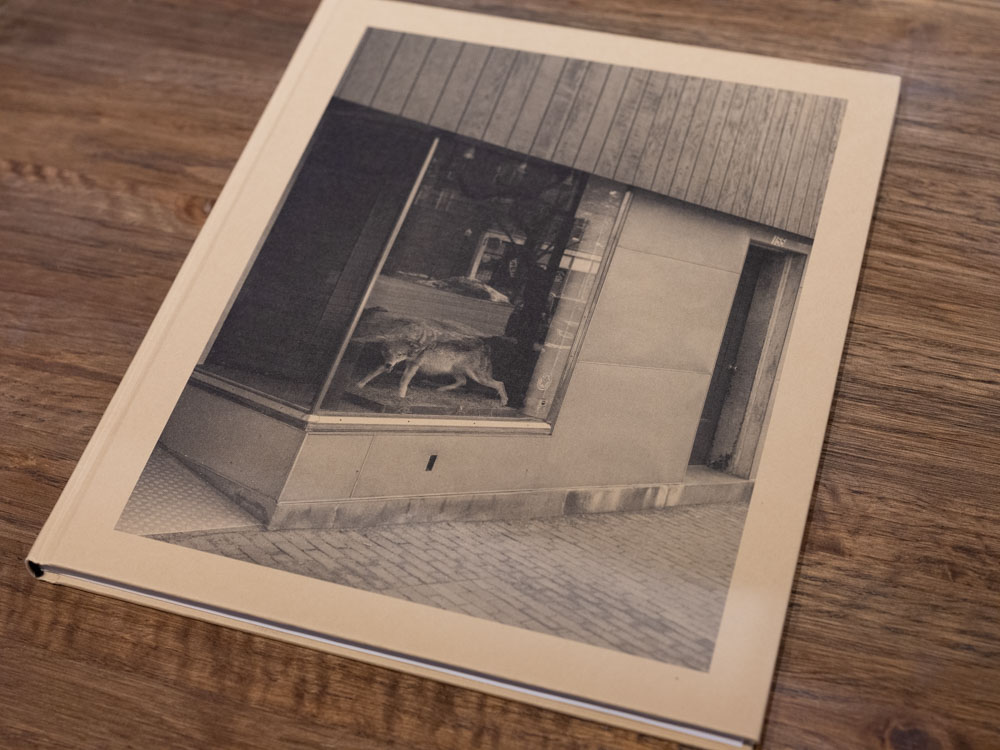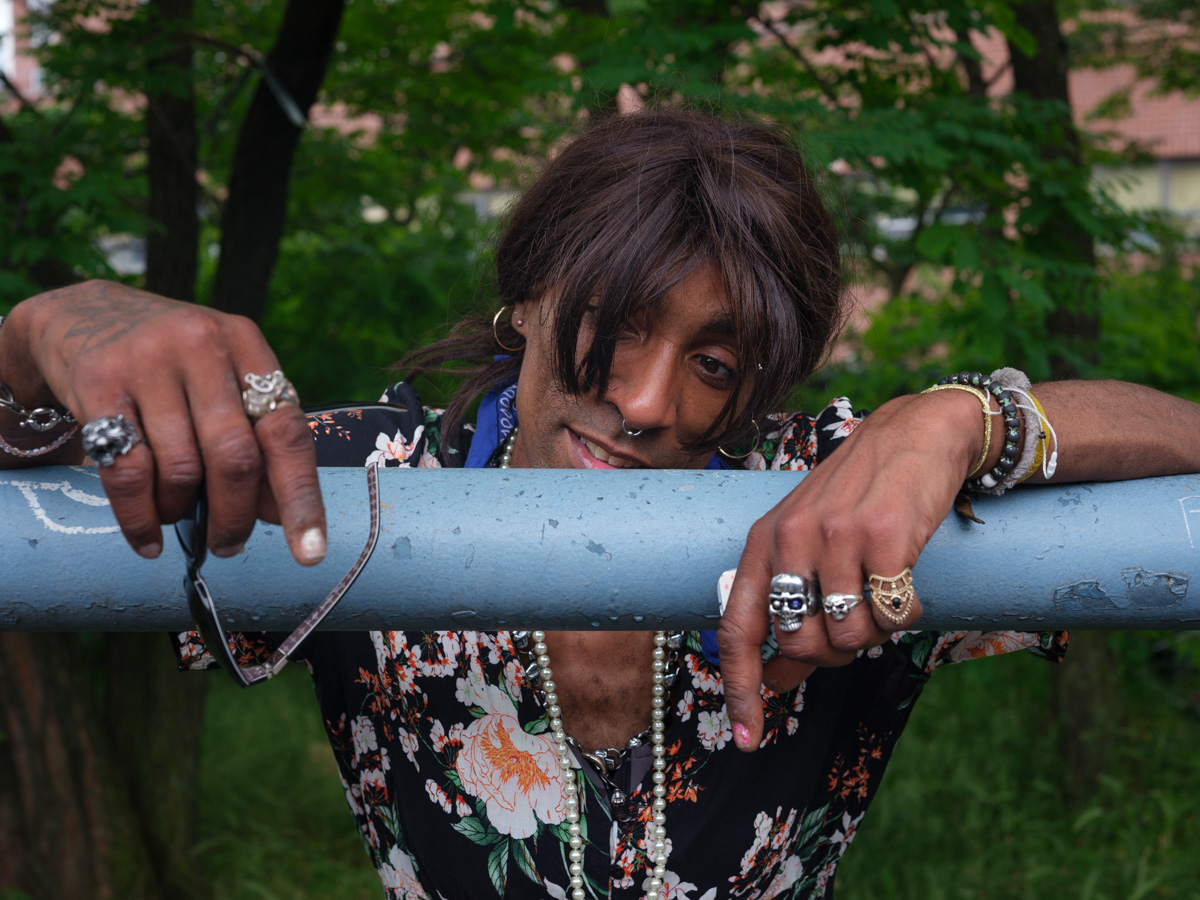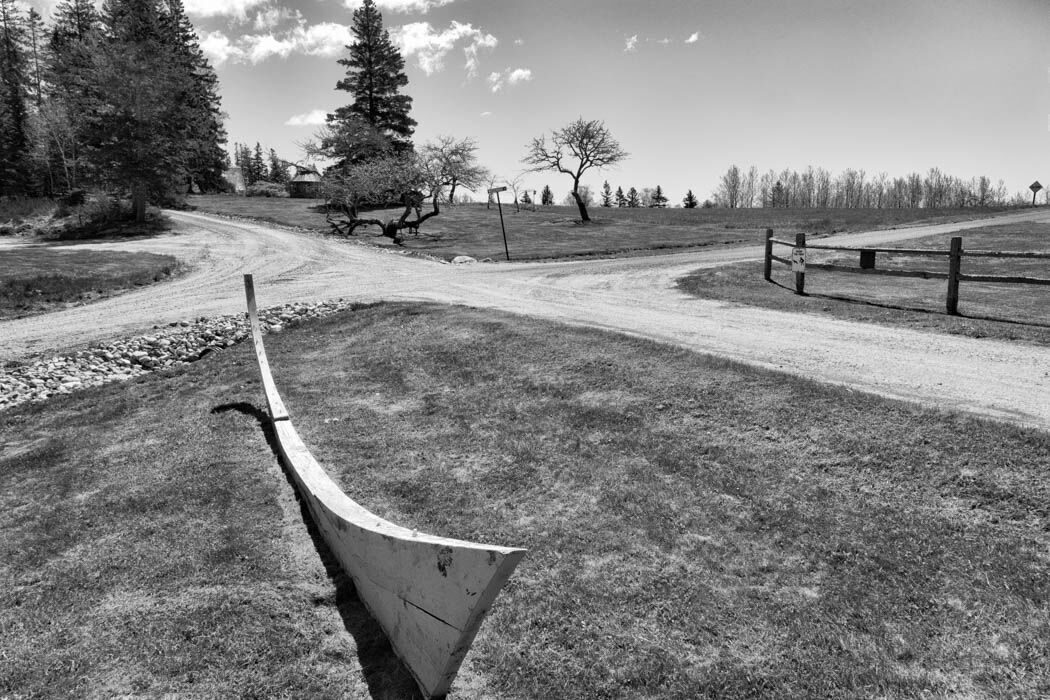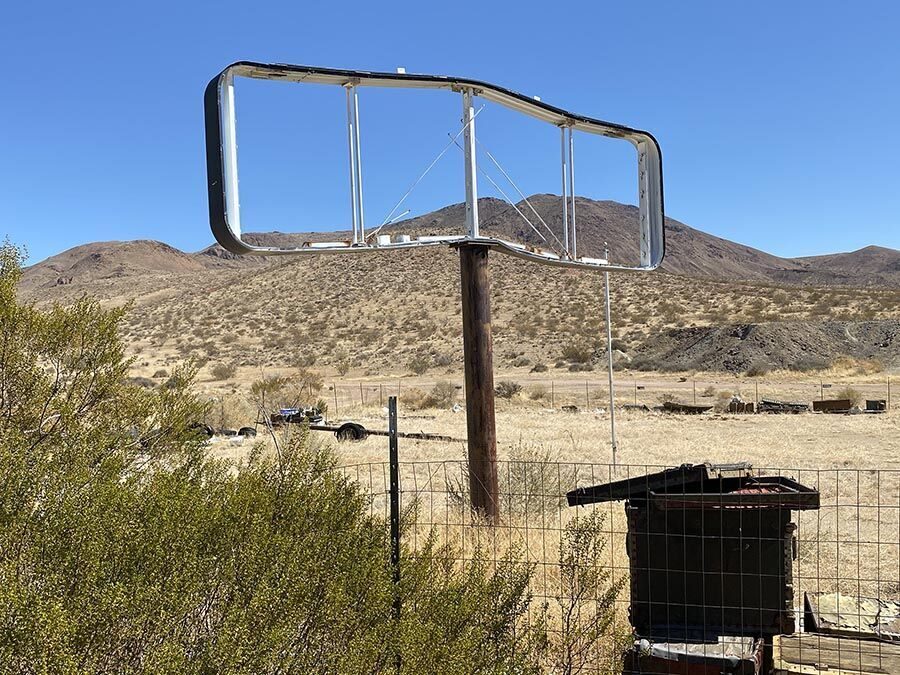Speedway
Please don’t forget to submit your photos for the Light and Story Challenge to [email protected] with the title ‘Challenge #6.’ The deadline is Sept 7th. And please send them all at once in one email if you can. A max of one portrait/story and up to 5 light photos.
Next week’s post will be all about the next project challenge coming up. But before that, I wanted to use this week to share my Speedway project and how it came about.
The development of my previous project, Luxe City was an organic process. It grew as I grew as a photographer. The story, the idea behind it, were all based on things I was feeling at the time and I had to learn those feelings and figure out how to express them.
Similarly, this is what I’m trying to do with my Quiet, Brooklyn (or Painted Flowers) project. I don’t even know the name for that now. I’m similarly figuring it out as I go along as I feel out the story that I want to tell.
100 Greene Street on the other hand was half organic and half figured out. I was naturally drawn to the street and kept going back over and over, but it took a few years to realize that the street itself could be a project on its own. And once I realized that, it got even more exciting to go there, and it continues to be.
Speedway is a crappy gas station down the block from me. It stands at the intersection of an $89 hotel that was just converted from being used as a homeless shelter, a police station, and a school. I cross through the gas station every time I walk to the subway.
I had taken a few good photographs there as part of my general photography, but one day it dawned on me that this place was a microcosm of a certain portion of the city. If I waited long enough there, it seemed like anything could happen.
This subsection is the opposite of who I was photographing in Luxe City. And strangely enough, I’ve only been turned down by one person so far for a portrait – a guy who wanted $50. I will pay $20 if necessary or if someone clearly needs it, but that’s my limit. This man did not need $50.
This gas station is not a place you’d expect people to be easygoing about letting you take their portrait, and yet they are. They seem like they get. It just shows that you never know.
The goal is to use this small but vibrant place to tell a larger story about the city – and to do it before it turns into a luxury building, which I’m assuming will be the final portion of the project.
I’m trying to mix traditional candid street photography with more formal portraits. I use the Fuji X100 when I walk by frequently to head to my jobs in Manhattan. Then when I have free time, I bring the GFX and focus on portraits.
It’s an interesting puzzle to try to figure out how to put that all together but still have it feel cohesive.
On one hand, I want the project to feel loose and relaxed. I want it to feel fun. I want each photo to be a little story in the life of the city. Some of the photos I take quickly and try to compose quickly to get that feeling. But I also want an aspect of it to be more formal. So for other photos, I spend a while composing. And I hope they balance each other out.
There are rock dividers on the sidewalk that are great to sit on in the sun. The first few times it felt weird, but now it’s frankly very relaxing to go for 30 minutes at 5pm and watch this crappy gas station run with the sun on your back. When I have the time I like to hit either the 9am rush or the 5pm rush.
So I sit there and wait for the right people to get out of their cars or to walk by and then I go talk to them. Sometimes I feel too uncomfortable and chicken out (yes, I still chicken out), but more often I’m able to get myself to go for it.
I’m starting to see the same people over and over again and now saying hi to a few of them. I’m starting to feel like one of the characters in the story almost. I went out again the morning of writing this looking for Mango but I must have just missed him because the birds were crowded around eating.
My buddy Scott Wyden-Kivowitz, who helps me with some of the behind-the-scenes work on the site, just started a new photo podcast called Photo Breakdown – where we talk for 20 minutes about the Mango portrait and the project in general: https://scottwyden.com/photo-breakdown-with-james-maher/
You can see the current form of the project at this link. Click on the photo so the lightbox comes up and then use the arrow keys to scroll through. Pay attention to the details – there’s some fun hidden stuff. https://www.jamesmaherphotography.com/speedway/
We’ll talk much more about projects, sequencing, and everything over the next few months as part of this next challenge, but start giving it some thought now. And there’s going to be an added surprise that we’re going to do as part of the challenge that I’m very excited about.
In the meantime, I hope you’ve all been able to get some time off this August.


